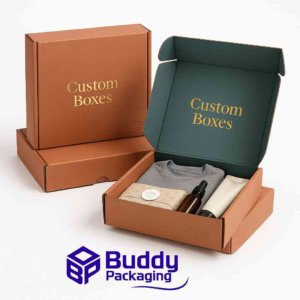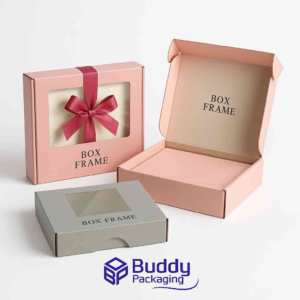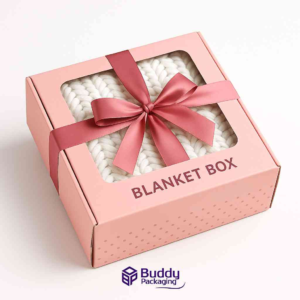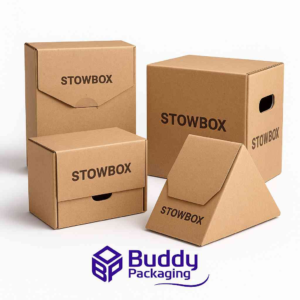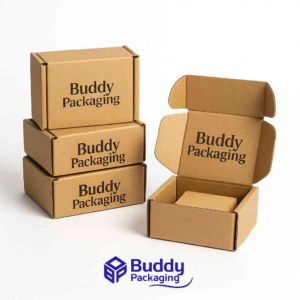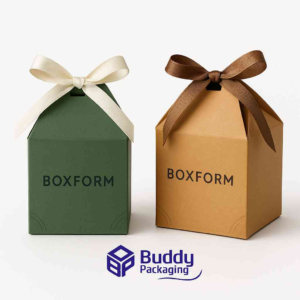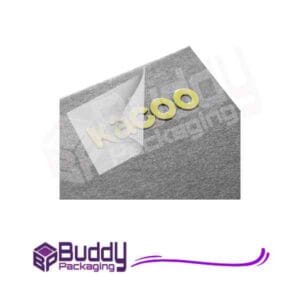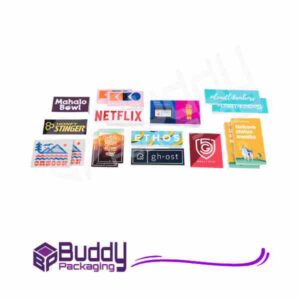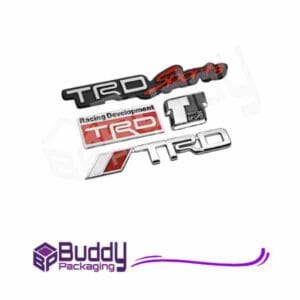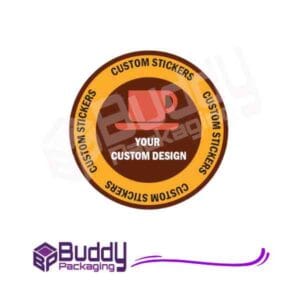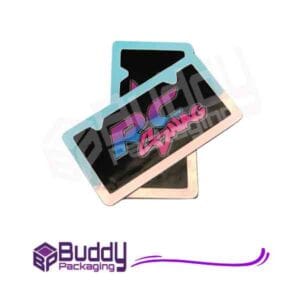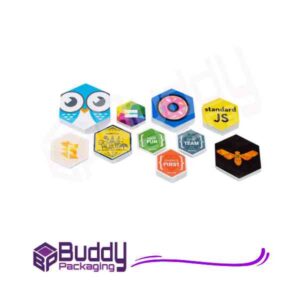Card Game Box Design: A Complete Creator-Friendly Guide
Creating the perfect card game box design is one of the most crucial steps in bringing a tabletop game to life. Whether you are a new designer or an established publisher, the box is the first physical interaction a customer has with your game. It shapes expectations, communicates value, and influences purchasing decisions long before players experience the game itself. In a crowded market where consumers often judge products in seconds, an effective card game box design can be the deciding factor between a sale and a missed opportunity. That is why understanding both creative and technical aspects of packaging is essential.
Card games range from quick party favourites to intricate strategy experiences, and each requires a unique visual approach. However, the fundamentals of card game box design remain constant: clarity, durability, aesthetic appeal, and functional usability. When these elements come together seamlessly, the box becomes more than packaging. It becomes an essential extension of the brand and gameplay experience.
Understanding the Purpose of Card Game Box Design
A well-crafted card game box has more than one job. It protects the cards, showcases the theme, and sets a tone that resonates with the intended audience. In addition, it creates a recognisable identity that can grow into a long-term franchise. While many new designers focus on artwork alone, successful packaging requires a balance of creative flair and practical engineering. This includes the thickness of materials, internal organisation, print quality, and overall finish. Each decision affects production cost and user experience, so thoughtful planning becomes essential from the start.
The primary role of the box is to protect the cards against damage, moisture, and wear. Many indie designers underestimate this function and later struggle with customer complaints or poor product reviews. High-quality material choices and structural integrity are therefore just as important as the visual elements. Moving beyond protection, the box design must clearly convey what the game offers. Colours, fonts, and illustrations should reflect gameplay style, whether whimsical, competitive, or narrative-driven. When done effectively, the box becomes a silent salesperson on both physical and digital shelves.
Strategic Visual Elements That Elevate Card Game Box Design
Visual storytelling plays a significant role in helping players understand your game at a glance. Designers should begin by defining the emotional message they want to communicate. This message must guide every decision, from character illustrations to typeface choices. Strong central imagery often becomes the focal point, making it easier for players to recognise the game instantly. Supporting elements such as icons, symbols, or small narrative cues help deepen engagement and provide additional clarity. Typography also plays a crucial role. Bold, clear headlines paired with readable supporting text ensure important information stands out from any viewing distance. This includes the game title, tagline, and player details. Using fonts that reflect the game’s theme strengthens the overall aesthetic coherence. Consistency is vital, as mismatched visual elements can confuse potential buyers and create a less professional impression.
Colour psychology is another powerful tool. For example, warm hues suggest excitement, while cooler tones imply strategy or calmness. Every shade should be selected with purpose, reinforcing the theme and mood. To achieve the highest quality results, many designers explore professional resources such as print & finishing insights, which offer valuable guidance on colour accuracy, coatings, and print techniques that elevate the final product.
Material Choices and Structural Considerations
Beyond visuals, material selection is one of the most important decisions in card game box design. The right box must balance durability, cost efficiency, and production quality. Rigid board boxes are often preferred for premium games, as they offer strong protection and support high-quality printing. For lighter or travel-friendly card games, tuck boxes provide a compact and cost-effective option. However, their durability depends heavily on board thickness and coating.
Internal organisation should also be planned early. Boxes that include inserts or compartments help players store and access components easily. This reduces damage and enhances long-term user satisfaction. Designers must consider the number of cards, any extra pieces, and whether expansions may be added in the future. Forward-thinking structural design helps maintain consistency across multiple product releases.
Finishing options further influence the overall look and feel. Matte coatings create a smooth, elegant touch suitable for strategy or minimalist games, while gloss coatings enhance vibrant artwork for playful or dynamic themes. Special finishes such as foiling, embossing, or spot UV give the product a high-end appearance and help it stand out on shelves. These techniques require careful planning, but they significantly impact perceived value.
Branding and Market Positioning Through Packaging
Your card game’s box is a branding tool as much as a functional container. Strong branding helps players recognise your product instantly and builds trust over time. Logo placement, colour palette consistency, and illustration style should remain cohesive with every marketing asset. This includes rulebooks, websites, and promotional materials.
A common mistake new designers make is attempting to include too much information on the box. While essential details are necessary, clutter weakens the visual hierarchy. The front panel should focus on emotional impact and identity, while the back panel can provide gameplay highlights, component lists, and selling points. Successful packaging also considers how the game will be displayed. Whether on store shelves or online marketplaces, the box must look appealing from every angle and work effectively when shown as a small digital thumbnail. Professionally printing boxes that support long-term branding goals is easier when you work with reliable packaging providers. Some designers prefer exploring speciality solutions such as Custom Boxes to ensure packaging matches the exact vision of their game. Choosing the right provider is essential, as high-quality production reflects directly on brand credibility.
How Card Game Box Design Influences Consumer Decisions
Customers often decide within seconds whether they want to pick up a game. A visually appealing box increases curiosity and encourages players to explore further. When the design aligns with the gameplay theme, the connection feels natural and intuitive. For example, a mystery-themed game might use dark tones and subtle textures, while a family party game may use bold colours and playful illustrations. These design choices help set expectations even before reading the description.Furthermore, packaging shapes perceived value. A heavier, more robust box feels premium, while thinner packaging may signal a budget-friendly option. Neither approach is inherently better; the key is alignment with product pricing and audience expectations. When customers believe the packaging matches the game’s quality, they are more likely to trust the purchase.
Online buyers rely heavily on product photos, making the box’s visual clarity even more important. A clean layout with strong contrast and readable text translates well across digital platforms. This improves click-through rates and overall sales performance. Many publishers invest in professional product photography because the box is the centrepiece of all marketing materials.
Sustainability Considerations in Modern Packaging
Sustainability has become a key consideration for both designers and consumers. Many players prefer packaging that uses recycled materials or avoids unnecessary plastic. Designers should consider eco-friendly board options, soy-based inks, and recyclable coatings. These choices not only appeal to environmentally conscious buyers but also enhance the brand’s reputation.
Reducing excess space inside the box is another important step. Overly large boxes increase shipping costs and environmental impact. Compact, well-structured packaging demonstrates thoughtful design and respects the customer’s storage space. As sustainability continues to influence buying behaviour, adopting greener practices early helps futureproof your brand.
Real-World Inspiration and Professional Collaboration
Successful card game publishers often rely on collaboration with printing experts and packaging specialists. These professionals understand materials, structural engineering, and production techniques that are difficult to master without industry experience. Their guidance helps avoid costly mistakes and ensures the box meets both creative and technical standards.
Creators who want to experiment with advanced finishes, textured materials, or unique structures benefit greatly from professional support. Visiting physical facilities, such as the Buddy Packaging Location, offers first-hand insight into how packaging is produced. Seeing machinery, materials, and prototypes in person helps designers make more informed decisions and refine their vision.
Elevate Your Card Game with Exceptional Packaging
Thoughtfully crafted card game box design enhances your product’s appeal, protects your components, and strengthens your brand identity. When visuals, materials, and structure come together with intention, the result is a professional and compelling product that players are excited to own. Whether you are launching your first game or refining a growing line of products, investing in high-quality packaging is one of the smartest decisions you can make.
Frequently Asked Questions
What makes a good card game box design?
A good design balances durability, aesthetic appeal, and usability. It should protect the cards, reflect the game’s theme, and attract attention on the shelf.
What materials are best for card game boxes?
Rigid cardboard and paperboard are common choices. Eco-friendly options like recycled kraft paper are also popular for sustainable packaging.
How can I make my card game box more attractive?
Use vibrant colours, compelling artwork, and quality finishes like foil stamping or embossing to add visual interest and a premium feel.
Can I use digital printing for my card game box?
Yes, digital printing offers flexibility for small runs, quick revisions, and reduced setup costs while maintaining excellent print quality.
Where can I find professional packaging designers?
You can explore design services from experienced providers such as Buddy Packaging, where custom solutions ensure your game stands out.


